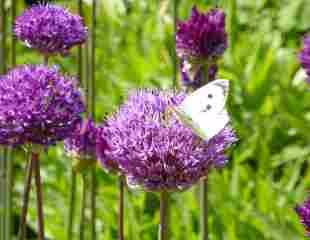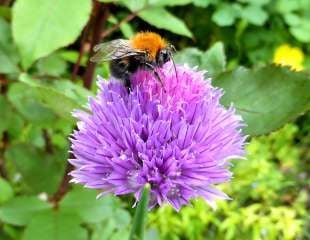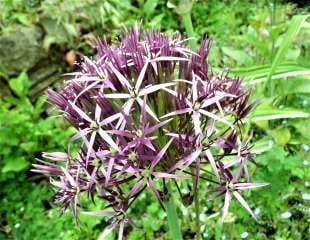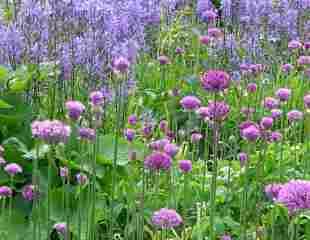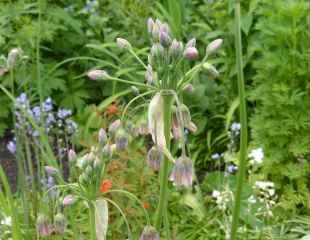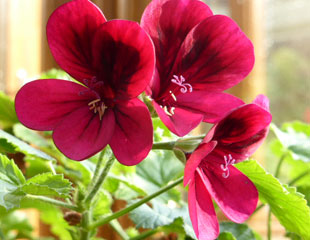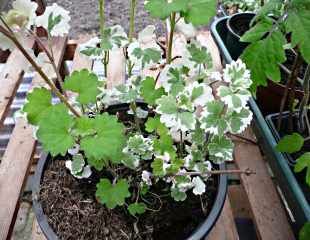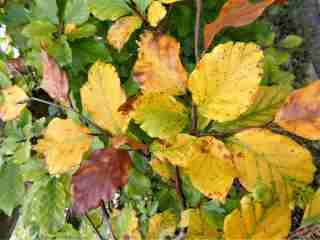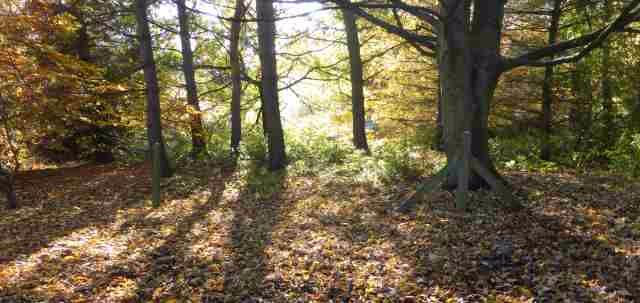|
It's not to late to plant Allium bulbs for a great spring display. In the right place, Alliums are low maintenance and will return reliably every year and are surely one of the most stylish plants for a border, illustrated by the images.
Alliums like a sunny spot with well drained soil, which means they are unhappy on wet boggy soil especially over winter, which can cause the bulbs to rot. If you do not have ideal growing conditions Alliums can be raised in containers for a patio display, or place the containers in the borders.
Alliums are wide ranging in size, from the quite small suitable for the front of the border such as Chives which the bees love (2nd image) and A. Moly, which is a bright yellow variety, both of which grow to around 30cms. Chives make a great edging plant, fodder for us and the bees.
Amongst the taller varieties Allium Cristophii (illustrated 3rd image), spectacular with it's spikey flower heads and A. Globemaster one of the taller varieties over 1m.
Alliums need to be planted in early Autumn so from September up to mid/3rd week October is best. Buying and planting as bulbs is much cheaper than buying as plants next spring. Like all bulbs the rule of thumb is to plant 4x the depth of the bulb, and if you are container planting a deeper pot is best.
There are also unusual varieties such as Nectaroscordum siculum, (6th image) technically not an Allium, but often sold as one.
Alliums look great planted on mass, as in the images 4 & 5, which is in an RHS garden, but most of us don't have that much space. In smaller gardens Alliums can be used to great effect as a theme, planted in groups,reoccurring maybe 3/4 times, will give a border real style.
Taller varieties may need staking, especially in exposed areas. Allium are easy to grow and make a fabulous show. Good value for money as they will return and flower year after year with very little attention.
The leaves on Allium are not attractive, especially after flowering and traditionally Allium are planting with companions to cover up the leaves such as Achillea Mollis or Euphorbia.
For more about growing Alliums, information about spring and autumn flowering Alliums. An image gallery of various types of Allums and planting combinations.
More images and growing tips about Alliums
The Sunday Gardener has over 200 pages of gardening advice and tips.
|







